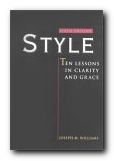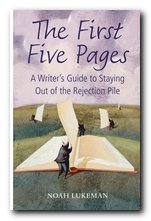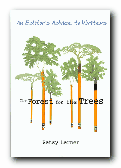planning, structure, headings, and creating order
Planning a dissertation – what is it?
A dissertation is a piece of academic writing normally submitted as part of a Bachelors or a Masters degree (BA or MA). In some cases the term ‘dissertation’ might be used interchangeably with thesis, which (in the UK) is normally reserved to describe work at PhD level.
A dissertation can comprise anything from 8,000-10,000 words up to as many as 20,000 words, depending on the subject, and is normally shorter than a PhD thesis. It is written to show that you can produce an original idea, engage in academic research, and follow the conventions of argument and written presentation at this level.
The main problem for most people is that they’re unlikely to have written such a long piece of work before. Dealing with large amounts of information and producing a long and coherent piece of writing isn’t an easy task. The conceptual skills required and the burden of generating so much writing can seem overwhelming. For this reason it is vital that you create a plan before you start.

The following guidance notes give an explanation of what’s required and a template to help you make that plan. The notes are a series of headings which will help you to clarify your ideas and create the outline or structure for what you have to do. They are not a timetable and they don’t cover the reading and research work involved in producing a dissertation. That part of the process is covered under Managing a dissertation.
Use these headings to generate an outline plan before you start any serious writing. The plan can be modified or enhanced as you go along – but at any given time you will have an overview of the project. This will help you to identify (name) any writing on which you’re working and decide its relevant position within the overall scheme. It will also save you from feeling ‘lost’ amongst your notes and your research materials.
It’s helpful to create your initial writing as chunks, or parts of the whole piece, rather than conceiving of the finished object at this stage. This gives you the opportunity to work on any one chunk whenever it’s convenient for you without becoming overwhelmed.
The title
You should have at least a rough idea of what you are going to write about. The provisional title does not have to be exact, and you can change it slightly as you go along. The act of creating a title forces you to clarify in your own mind the most important elements of your project.
It’s possible to start out with a long and possibly a slightly hazy title. But as you do more work generating the dissertation, the title should become shorter and more clearly expressed. [Some science subjects might require longer titles because of the complex names of chemicals or biological processes.]
The prime importance of the title is that it should specify exactly what your dissertation is about. Its secondary purpose is to act as a reminder while you’re writing that each part of the work should be directly related to its stated purpose. Your dissertation might be –
- an argument
- a survey
- an investigation
- a project
- an analytic study
But the title is the most succinct expression of its subject and purpose.
The summary
Many dissertations also require an abstract or summary. This is a digest or a shorter version of the work as a whole. The abstract draws out in shortened form what’s contained in the complete thesis. It might also be known as a précis or a synopsis.
This might well be one of the last things you finalise. A summary is difficult to write before you’ve produced the work as a whole. But even a provisional summary will help you to keep the overall project in mind This too can be modified and updated as your work progresses.
The introduction
As in the case of the title and summary, the introduction might be something you only finish writing after you’ve done the main work of the dissertation. After all, it’s not easy to introduce something that’s not yet been written. However, you should have some idea of how you will introduce the main body of the work. It might be something like any of the following:
- a description of what follows
- the historical context to the subject
- the origins of a problem to be studied
- a summary of recent opinions
- a digest of current research
Once again, even if you decide to change part of the dissertation as your work progresses, it’s better – at any given point – if you have a stated intention of how you propose to introduce the main body of your work. This ‘intention’ will help you to conceptualise the work as a whole and keep its structure alive in your mind.
Literature review
If the regulations call for it, you’ll need to include a section or chapter offering a literature review. This is a survey of the recent research findings on your topic or subject. You need to show not only that you have read the latest studies, but that you are able to digest their findings and arguments.
This is something that you can quite easily work on and store separately whilst you’re working on the rest of your dissertation. The exact position of the review in your plan will be determined by the conventions of your subject. It usually precedes the methodology, and will almost certainly come before any results.
Methodology
 This is an optional section, depending on the subject of your dissertation. Subjects that involve any sort of scientific or quantitative investigation will require an account of the methods used. This account will include an explanation of how the research has been designed and implemented, and why the particular collection of data and the method of analysis has been chosen. The methodology might be qualitative, quantitative, or experimental, and it might involve gathering information and subjecting it to close scrutiny and analysis. Arts and humanities subjects tend not to have quasi-scientific methodologies, but rely on the close examination and analysis of materials and texts, followed by the your own persuasive arguments.
This is an optional section, depending on the subject of your dissertation. Subjects that involve any sort of scientific or quantitative investigation will require an account of the methods used. This account will include an explanation of how the research has been designed and implemented, and why the particular collection of data and the method of analysis has been chosen. The methodology might be qualitative, quantitative, or experimental, and it might involve gathering information and subjecting it to close scrutiny and analysis. Arts and humanities subjects tend not to have quasi-scientific methodologies, but rely on the close examination and analysis of materials and texts, followed by the your own persuasive arguments.
Structure
A dissertation is often organised into a number of parts or chapters. The subject under enquiry might suggest or determine what these parts or chapters could be. Splitting your work into separate parts will make the process of composition easier. It means that whilst working on one part, you can temporarily separate it from the others. The arrangement of these parts might be determined by –
- chronological order
- logical progression
- steps in a process
- narrative sequence
- equal significance
- category groupings
The following are three practical examples based on this notion of creating structure. One further advantage of following this procedure is that the total word-count for the dissertation can be (roughly) divided between these sections or chapters (plus the introduction and conclusion) to produce a well-balanced whole.
- A historical study of economic depression in the 1930s might be split into four main chapters covering the years 1930-1933, 1934-1936, 1937-1939, and 1939-1940
- A study of Shakespeare’s tragedies might have four separate main chapters, one each on Hamlet, Othello, King Lear, and Macbeth
- A study of inner-city pollution might be structured by separate sections on traffic density, open green spaces, air pollution, and housing density
Conclusion
You might not know the final conclusion of your dissertation project until you finish writing, but you can fill in this section with what you think or hope it might be.
This is a very good case where the title of your dissertation might be of help. If your dissertation title includes ” … show the influence of X on the work of Y …” you know that your conclusion must discuss examples of the work of Y and should reveal instances of the influence of X.
Bibliography
Colleges and universities usually have their own house guidelines for the manner in which bibliographic information is presented. In addition to this, various subjects and disciplines follow their own conventions – or they might adopt internationally recognised systems such as the Modern Humanities Research Association (MHRA), the Harvard System, or the Modern Language Association (MLA) system for bibliographic presentation.
It’s very important that you acquaint yourself with the system used for your subject and make sure you know all the small details of referencing, citation, and the listing of sources – including references to materials on the Internet.
Fortunately, this part of the dissertation is easy to produce, because you simply add to the list of texts and secondary sources you have used as you go along. The bibliography might even be divided up into primary and secondary sources.
Planning a dissertation – related study guides
How to fail your dissertation
Comic but very useful tips on how to avoid common mistakes
How to write a thesis abstract
A tutorial on how to create a one-page summary for longer works
How to solve research problems
Study tips for recovering from common errors and bad planning
Definitions of a thesis at Wikipedia
Structure, style, and variations by country, plus web links
How to write a thesis and which software tools to use
Data management, mind maps, creating structure, and bibliographies
© Roy Johnson 2015
More on How-To
More on literary studies
More on writing skills

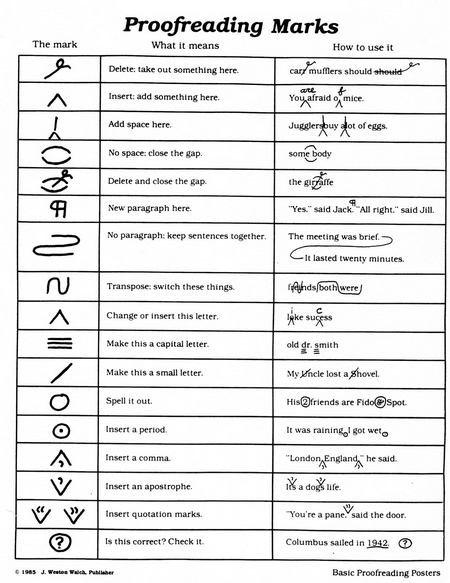
 Towards Electronic Journals
Towards Electronic Journals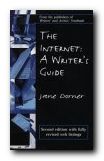 The Internet: A Writer’s Guide
The Internet: A Writer’s Guide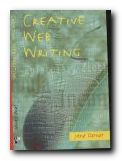 Creative Web Writing
Creative Web Writing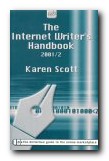 The Internet Writer’s Handbook
The Internet Writer’s Handbook